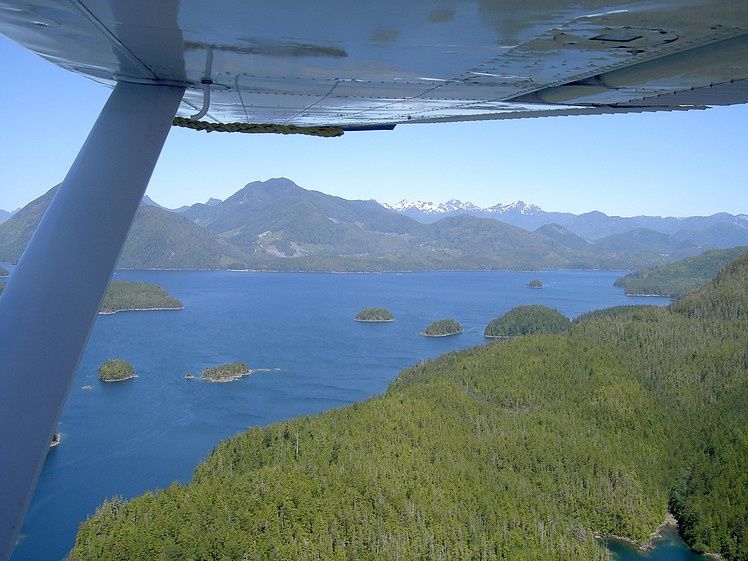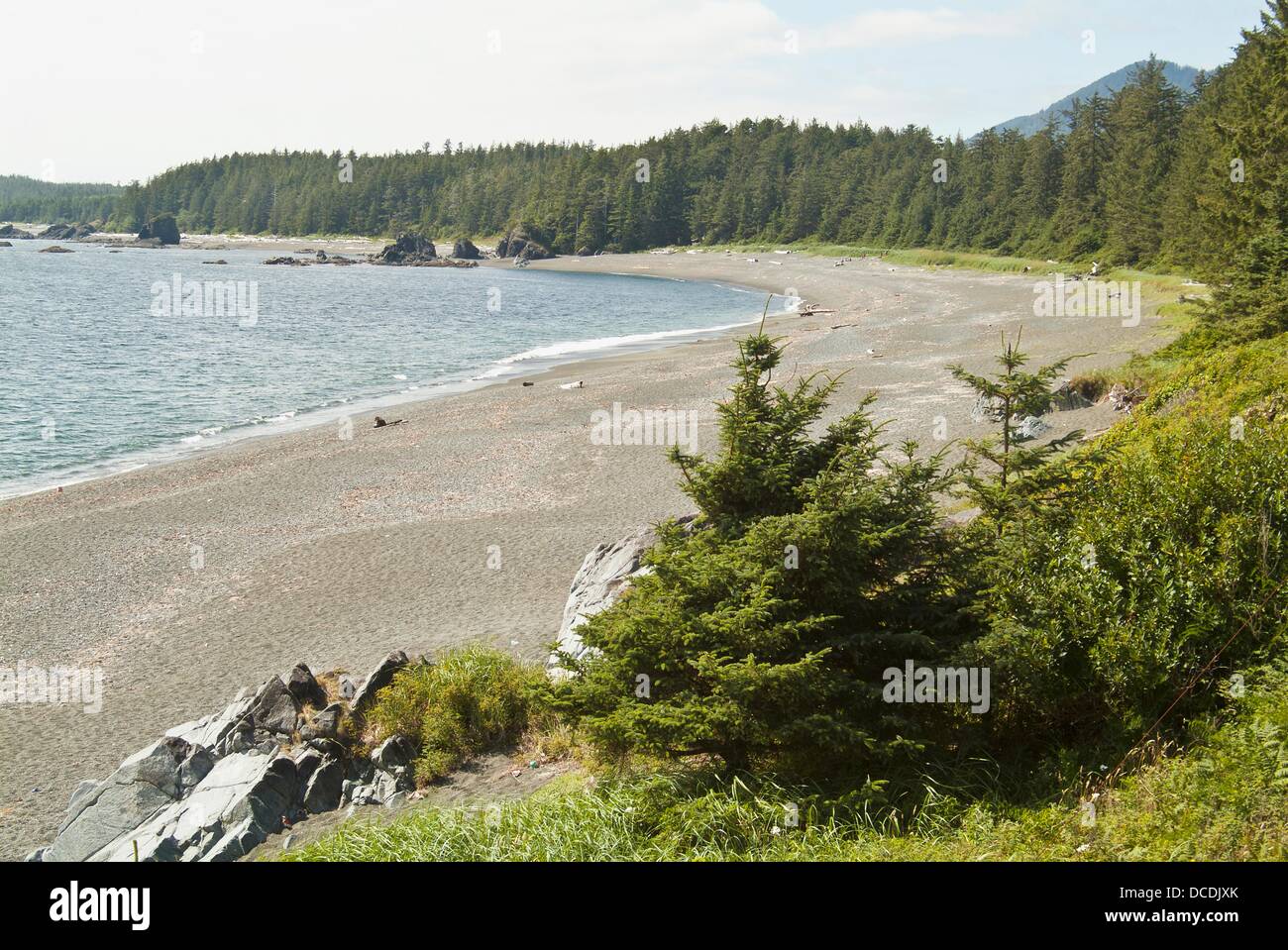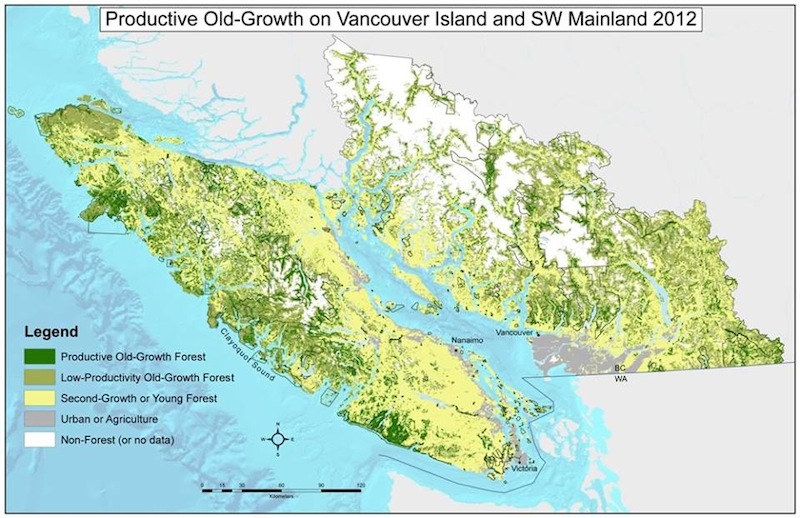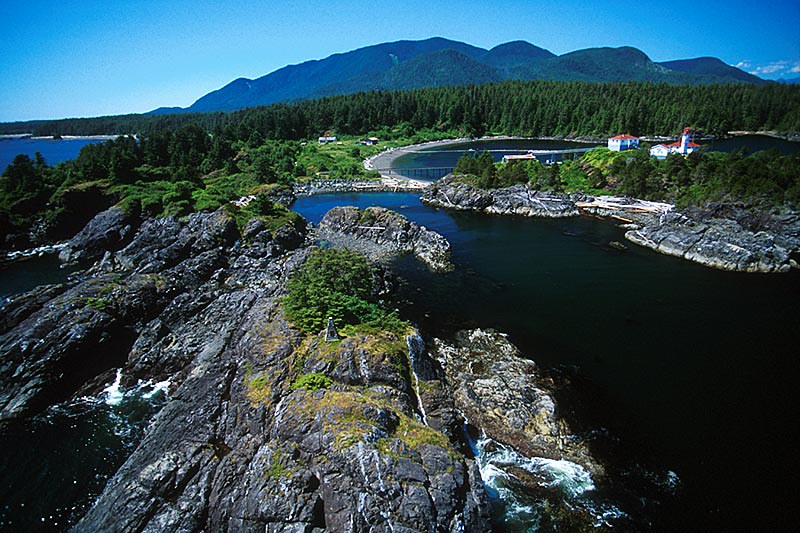
There are sheltered campsites in the trees or brighter, airier campsites with fewer bugs on the sandy shore. Some campsites are harder to find and may require a little exploration from the beach. The time of high and low water advances about 50 minutes each day.Ĭampsites on the Nootka Island Trail are located at Third Beach, Skuna Bay, Calvin Falls, and Beano Creek. Tides are diurnal but the two daily lows may vary by 5 feet or more and you may need the lower tide to pass a headland. Tables also help you avoid high water trapping short of a campsite.

Walking the tide shelves are great rather than the larger rocks. Tide tables are indispensable to hike the most beach and have a much more pleasant experience. Buoys and metal tags on trees mark the trail avoiding the many wildlife paths. It often leads inland to bypass rocky headlands and deep river mouths. The hiking is generally along the ocean on everything from rock shelves to white sand to boulders.

Most people hike it from north to south, starting at Louie Bay and ending at Friendly Cove. Be aware of the potential for rogue waves when on the rocks. Some rivers must be forded, which must be done at low tide if crossing at or near the ocean, as with rounding headlands. In order to avoid an exhausting amount of bushwhacking, consult tide charts for the most opportune times to cross beaches – sometimes on sand, but mostly pebbles, cobble or even rocks. Be prepared to bushwhack around fallen trees brought down by the frequent, savage winter storms that pound this section of coast. Pay at an office on the far end of the church.īy comparison with the West Coast Trail, the Nootka Island Trail is not patrolled, poorly marked and infrequently maintained. There is a trail fee of $45 per person payable to the Mowachaht/Muchalaht First Nations Band to provide access to their facilities at Friendly Cove and the traverse of their three reserve sites on Nootka Island. The village of Yuquot is at least 4,300 years old. The traditional territory of the Nuu-chah-nulth First Nation incorporates much of the western portion of Vancouver Island, having been inhabited by the Nuu-chah-nulth people for thousands of years. Safe havens are few and far between along this long stretch of open coast. Kayaking the outside of Nootka Island is a great adventure but the water is wild and risks potentially high. There are views of ocean with spectacular surf breaks, beaches and tidal shelves, frequent sea otter and whale sightings, black bears, wolves and bald eagles in old-growth forests. This rugged, remote 22.4mile (35km) point-to-point trail follows the coastline of Nootka Island, Vancouver Island’s largest offshore island. As a result in 2020, the trail can only be done from south to north ending at Louie Bay.
#NOOTKA ISLAND FULL#
They can’t take off with a full load so only land here with a full load and take off empty.

Because they cannot land at Friendly Cove, they are using a small fresh water lake about 1km from the village. Neither the Uchuck nor any water taxis are sailing and the only access to the trail is by plane. Yuquot, Mowachaht, Kyuquot, Opitsaht etc.).Note that because of COVID-19, and for the entire 2020 season, there is no access to reserve land at Friendly Cove. An older term for this group of peoples was "Aht", which means "people" in their language and is a component in all the names of their subgroups, and of some locations (e.g. In the 1980s, the First Nations peoples in the region created the collective autonym of Nuu-chah-nulth, a term that means "along the outside (of Vancouver Island)". The Spanish and later English applied the word to the island and the sound, thinking they were naming both after the people. They likely thought the natives were referring to the island itself. It is separated from Vancouver Island by Nootka Sound and its side-inlets, and is located within Electoral Area A of the Strathcona Regional District.Įuropeans named the island after a Nuu-chah-nulth language word meaning "go around, go around". It is 510 square kilometres (200 sq mi) in area.

Nootka Island ( French: île Nootka) is an island adjacent to Vancouver Island in British Columbia, Canada. CCG IRB Station Nootka Lightstation on Nootka Island


 0 kommentar(er)
0 kommentar(er)
